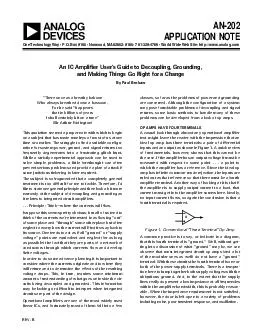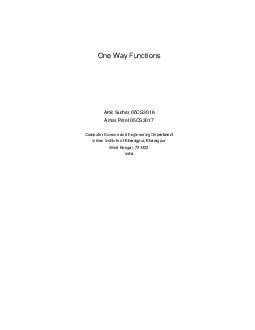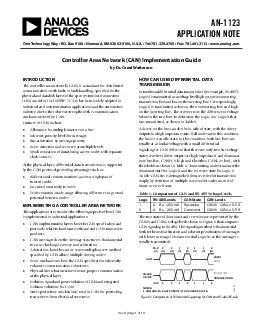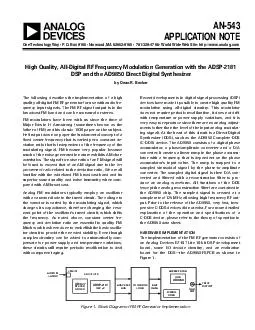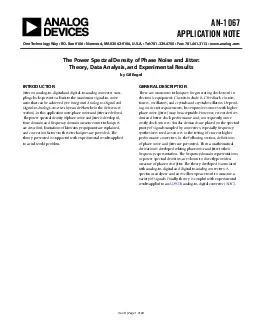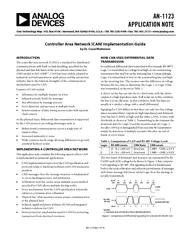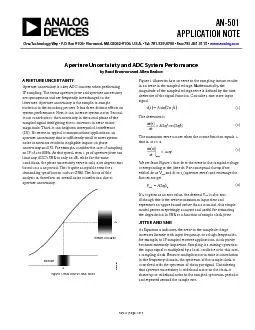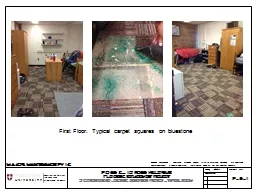PDF-REV B AN APPLICATION NOTE One Technology Way P
Author : kittie-lecroy | Published Date : 2014-12-26
B AN202 APPLICATION NOTE One Technology Way PO Box 9106 Norwood MA 020629106 7813294700 World Wide Web Site httpwwwanalogcom An IC Amplifier User57557s Guide to
Presentation Embed Code
Download Presentation
Download Presentation The PPT/PDF document "REV B AN APPLICATION NOTE One Technology..." is the property of its rightful owner. Permission is granted to download and print the materials on this website for personal, non-commercial use only, and to display it on your personal computer provided you do not modify the materials and that you retain all copyright notices contained in the materials. By downloading content from our website, you accept the terms of this agreement.
REV B AN APPLICATION NOTE One Technology Way P: Transcript
Download Rules Of Document
"REV B AN APPLICATION NOTE One Technology Way P"The content belongs to its owner. You may download and print it for personal use, without modification, and keep all copyright notices. By downloading, you agree to these terms.
Related Documents

